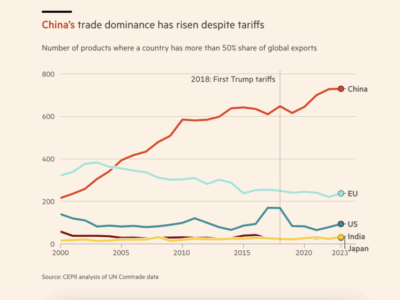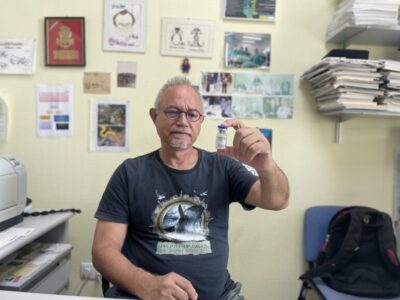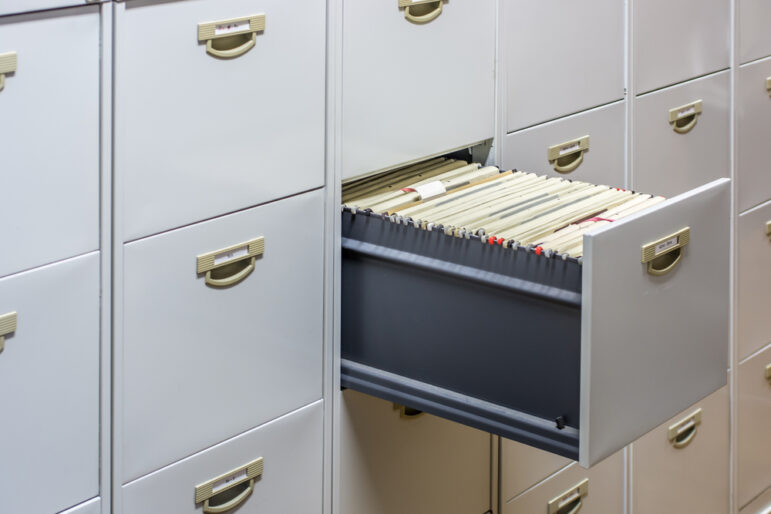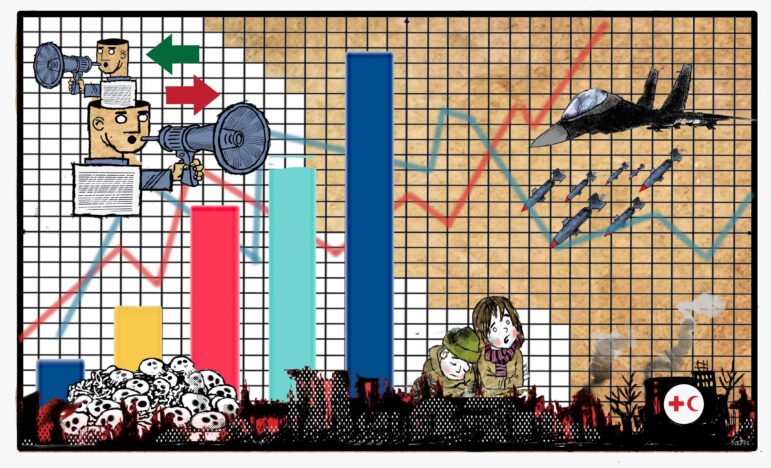
This article is part of the “LATAM Focus” series by the Global Investigative Journalism Network, which tells the stories of reporters from Latin America, detailing their investigations and innovative reporting projects, as well as the challenges specific to the region. It is republished with permission; the original is available on GIJN’s website. By Santiago Villa.
—
Illicit drug money is only a fraction of what Latin America’s multibillion-dollar crime conglomerates deposit in tax havens around the world. Illegal gold mining, unsanctioned logging in the Amazon, human trafficking, government corruption, and extortion create profitable revenues for organizations whose financial interests, customers, and accomplices span the globe.
A panel of expert journalists in tracking organized crime’s finances and operations, including Bianca Padró Ocasio who works with Ojo Público, the Peru-based Latin American investigative journalism platform; Joseph Poliszuk from Armando.info, one of the few media outlets specializing in investigative journalism about Venezuela; Lilia Saúl from the Organized Crime and Corruption Reporting Project (OCCRP); and Luiz Fernando Toledo, co-founder of Data Fixers, shared methods, tools, and security protocols to investigate organized crime during GIJN’s webinar Investigating Latin America’s Global Reach of Illicit Activities, moderated by Connectas founder and director Carlos Eduardo Huertas.
Best practice to tackle organized crime: Collaboration
Ambitious, transnational organized crime reporting projects are usually collaborative, involving several newsrooms from different countries. But how do these projects begin? How can you determine who to collaborate with and take the first steps toward trust-building?
“The best partners are the ones that are actually interested in working with you,” said Toledo. He suggested researching potential collaborators to ensure you can offer something that interests them and they have something you need, such as skills, contacts, sources, or are based in a geographic location of interest. “Collaborative journalism is about trust, radical sharing, and availability. If one of these things does not exist, there is no successful collaboration,” he added. Poliszuk also suggested drafting a document outlining each partner’s responsibilities and expected resource expenditures from the start.
The journalists also reminded the audience of some best practices for protecting civilians’ privacy, such as being mindful of what names to omit when dealing with legal or leaked documents. For example, when working on NarcoFiles, a massive collaborative exposé on organized crime based on more than seven million emails leaked from Colombia’s Attorney General’s Office, all outlets agreed to publish only names and information of people already convicted or sentenced. “The most important thing we must remember as investigative journalists is we are not authorities, the police, or prosecutors,” said Saúl, explaining that NarcoFiles’ aim was to show the scale and transnational prevalence of Latin American organized crime.
Dissecting organized crime through traditional reporting
Despite the advances in large language models, machine learning, and geolocation software, investigative journalists still rely on traditional reporting methods, such as turning people with valuable information into whistleblowers. “You have to understand who the potential whistleblower is and how you can receive the best information from them,” said Poliszuk. A good way to start, he recommended, is by reviewing their social media accounts to understand their social circle and connections.
Padró Ocasio said Ojo Público sent dozens of FOIA requests during their investigation into illegal gold mining in the Amazon region, mostly to mining authorities in Latin American countries in the Amazon basin. “Some of the FOIA responses were pretty good, especially in Peru and Brazil, where they have strong laws requiring responses within 10 days,” she explained. “We asked about investigations on specific companies or local miners, how much equipment had been seized, which companies were implicated, and where they were based,” she added.
However, FOIA responses may be incomplete or not give the full picture, so they should be verified by contrasting and triangulating them with university studies, surveys, and specific data sources. For example, Padró Ocasio’s team cross-referenced gold exports declared by each country with data from US and EU customs.
Organized crime and environmental crimes are increasingly intertwined. Cartels and armed groups combine the drug trade with wildlife trafficking, illegal mining, and illegal logging. Sections of the Brazilian Amazon have become criminal hubs, making it hard to understand Latin America’s newest globalized structures without considering this immense rainforest. When investigating environmental crimes in Brazil, Toledo suggested using data-rich websites like the Forest Stewardship Council’s (FSC) certification database and the Brazilian Institute of Environment and Renewable Natural Resources’ (IBAMA) environmental fines database. Scraping and cross-referencing these could provide valuable information about the companies, groups, and individuals being tracked.
To manage data and figures that can be overwhelming in their scale, Toledo also recommended using ChatGPT to review your code whenever your team relies on tools such as Python or R.
Staying safe when investigating organized crime
Organized crime was one of the leading causes of journalist deaths outside of conflict in 2023, according to the Committee to Protect Journalists. Investigating organized crime can lead to harassment, hacking, and even assassination attempts.
When reporting in areas with organized crime presence, Padró Ocasio recommends ensuring the team has reliable and trustworthy contacts to assess the area’s safety. “We based a lot of our reporting decisions on reports by NGOs investigating illegal mining and reached out to local community and Indigenous organizations in the hotspots we were visiting,” Padró Ocasio said. Saúl detailed OCCRP’s three-pronged approach to security during NarcoFiles’ collaborative reporting, combining digital, editorial, and physical/psychological safety. All collaborating journalists were trained in digital security protocols, using virtual private networks (VPN), border gateway protocols (BGP), and the Signal communications platform.
Editorial safety was strengthened by setting up protocols to handle sensitive information, facilitating legal reviews and advice for all collaborating journalists, and centralizing the project’s coordination with OCCRP’s Latin America editor, Nathan Jaccard.
A physical security committee was established to respond to potential threats during the investigation as well. Journalists were urged to report any suspicious activities or direct threats to the committee. They were also advised to be mindful of their emotional well-being, due to possible exposure to graphic and violent videos in the trove of prosecutor emails received through the NarcoFiles leak. Saúl also emphasized the importance of always letting a colleague know where you’ll be and which sources you plan on meeting.
Finally, for young journalists eager to prove themselves in the challenging field of organized crime reporting, the veterans offered tips: learn how to read, use, and master spreadsheets, know how to access public records, practice what you learn while working on a project, look deeper into companies that are active on the internet and social media, read independent news outlets, and attend relevant conferences. “There’s always something new to learn,” Toledo said.















